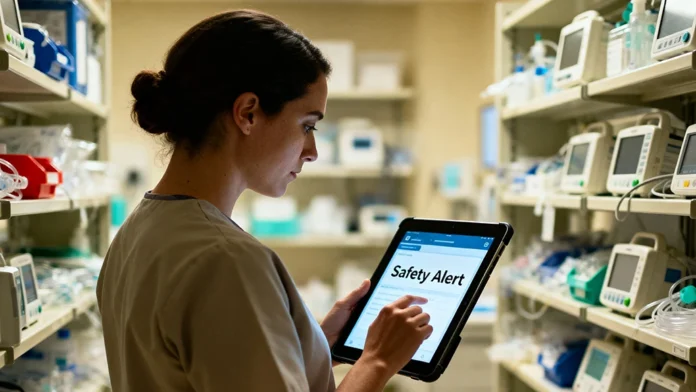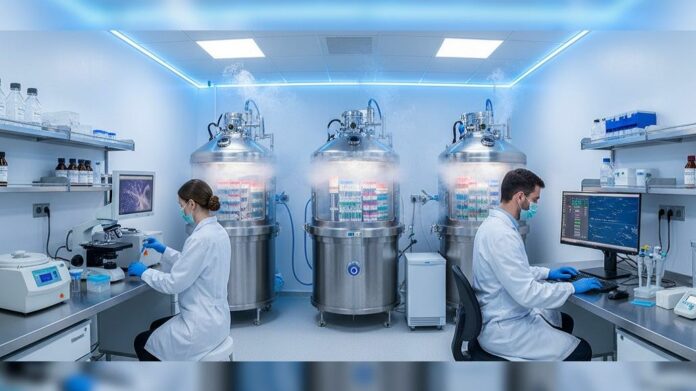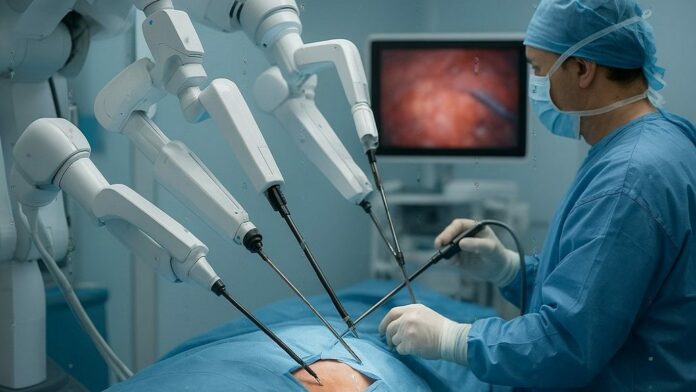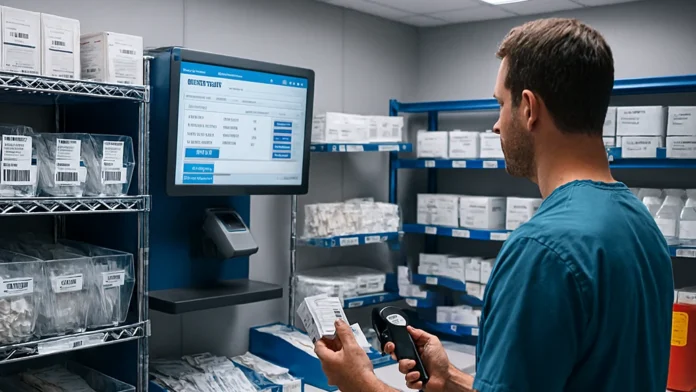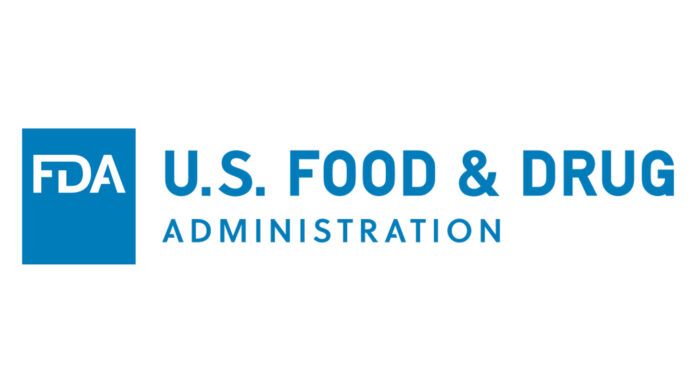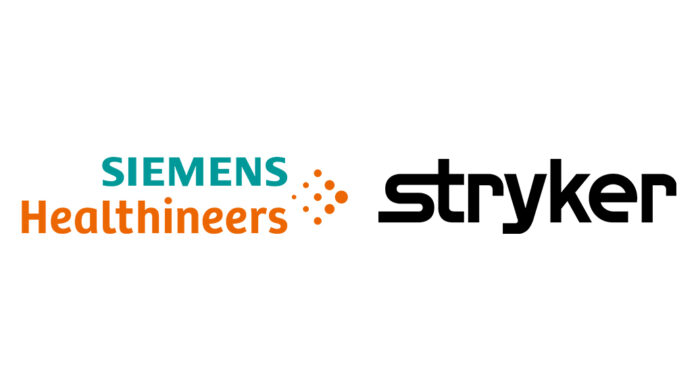It’s not easy to talk about addiction. For many people, the fear of being judged is just as strong as the struggle with substance use itself. This fear often keeps them from reaching out for help. In communities across the country, stigma is one of the biggest barriers to recovery. Even in cities like Prescott, AZ, where treatment resources are widely available, stigma can still hold people back from seeking care. Breaking that stigma is one of the most important steps toward healthier lives and stronger communities.
Why Stigma Exists in Addiction Treatment
Stigma around addiction treatment has been around for a long time. Many people still see addiction as a sign of weakness or a series of bad decisions, rather than a health issue. These outdated beliefs make it harder for people to talk about their struggles or reach out for help. Shame and fear grow when communities don’t understand that addiction is complex and deeply tied to biology, mental health, and environment.
Misinformation plays a big role in keeping stigma alive. When the public hears only negative stereotypes, they begin to assume that someone with addiction cannot be trusted or is beyond help. That kind of thinking discourages people from seeking treatment and can leave families feeling isolated.
Reliable, unbiased resources can make a difference here. Platforms such as Rehab Seekers Prescott, AZ provide free, clear information to guide people toward accredited and licensed treatment providers. Because they remain independent and impartial, they help break down barriers by showing that recovery is possible and that seeking help is not something to be ashamed of.
The Realities of Addiction as a Health Condition
Addiction is not a moral failing. It is a recognized health condition that affects millions of people every year. Doctors and researchers agree that addiction changes brain chemistry in ways that make it difficult to control substance use. Genetics, environment, and mental health all play a role in how it develops.
Once we understand that addiction is a medical issue, it becomes easier to see why treatment is necessary. Just as someone would not ignore diabetes or heart disease, addiction also requires care. Treatment can involve therapy, medication, and long-term support. It’s about giving people the tools they need to manage their condition and move forward.
How Stigma Hurts Recovery
The negative ideas surrounding addiction do more harm than many people realize. Stigma makes it harder for individuals to admit they need help. Some delay treatment because they fear losing their jobs or being judged by friends and family. Others may avoid talking to a doctor out of embarrassment.
This silence can make the situation worse. Addiction often progresses when it’s hidden. By the time someone finally seeks care, the problem may be more severe than it needed to be. Families also suffer because stigma discourages open conversations. Instead of working together, loved ones may distance themselves out of fear or misunderstanding.
Communities also feel the impact. When fewer people seek help, the cycle of addiction continues. Breaking stigma is not just about supporting individuals. It’s about protecting families and neighborhoods from the long-term effects of untreated substance use.
Shifting Perspectives: Education and Awareness
Education is one of the strongest tools we have for breaking stigma. When people learn the facts about addiction, they see it differently. Schools that teach about mental health and substance use help students understand that asking for help is normal. Doctors and nurses who speak openly about recovery encourage patients to feel less ashamed.
The media also plays a big role. When news outlets and social platforms highlight recovery stories, it shows that people can and do rebuild their lives. Changing the way addiction is portrayed in movies, television, and online spaces is another way to shift perspectives. Every time someone shares accurate information or speaks with compassion, the stigma gets weaker.
The Importance of Support Systems
Support can make the difference between someone staying in recovery or slipping back into old habits. Families who show understanding instead of judgment give their loved ones a safe space to heal. Friends who listen without criticism can help reduce shame.
Beyond family and friends, peer support groups are another lifeline. In these spaces, people meet others who share similar experiences. They realize they are not alone and that recovery is possible for anyone. Community-based programs also create safe environments where people can talk openly and get encouragement.
When individuals feel supported, they are more likely to seek and stay in treatment. This shows how important it is for communities to replace stigma with acceptance.
Stories of Recovery and Hope
Personal stories are powerful. They show that addiction is not the end of someone’s journey. Many people have gone through treatment and now live healthy, fulfilling lives. Hearing these stories can inspire others who may be unsure about seeking help.
Recovery stories also help fight the myths about addiction. They prove that people from all walks of life are affected. They remind us that anyone can struggle, but anyone can also recover.
Creating a Culture of Compassion
Breaking stigma requires compassion. When people respond to addiction with empathy instead of criticism, they create an environment where healing is possible. Workplaces that support employees in recovery set an example. Schools that teach kindness and understanding encourage young people to be open-minded. Communities that welcome recovery centers show that they value health over judgment.
Compassion also means listening. Sometimes, the most supportive action is simply hearing someone’s story without interrupting or judging. These small acts of care add up. Over time, they build a culture where seeking help is seen as a sign of strength, not weakness.
Stigma has stood in the way of addiction treatment for too long. It creates silence, fear, and misunderstanding that keep people from getting the help they need. But change is possible. By seeing addiction as a health condition, supporting education, and listening with compassion, we can create a culture where recovery is celebrated.
Communities thrive when individuals feel safe to seek treatment. Families heal when judgment is replaced with understanding. Breaking the stigma is not just about changing opinions—it’s about saving lives.

















